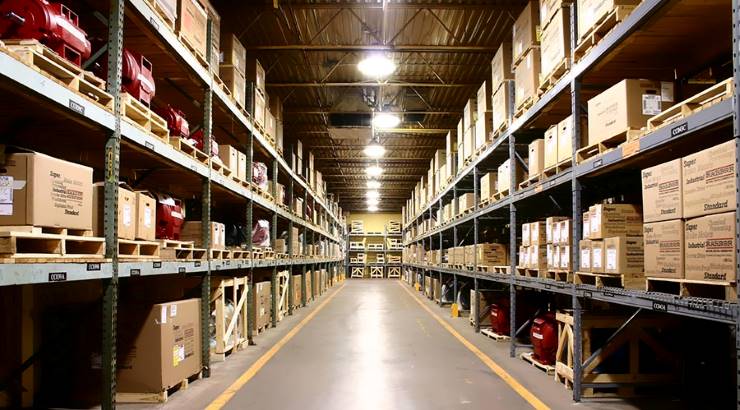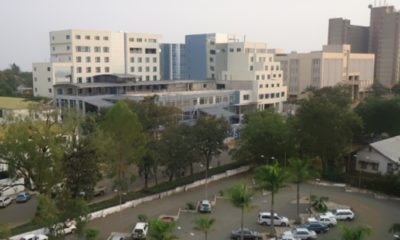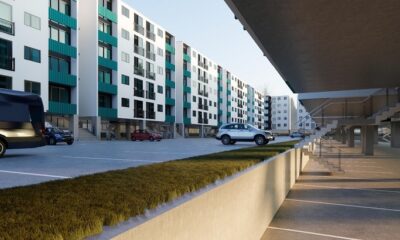Industry News
Kenya primed for a decade of warehouse building boom
Demand for industrial space in East Africa will from 2018 grow faster than in any other region in Africa.

Kenyan property developers are gearing up for a decade-long warehouse construction boom as demand for prime logistics and storage spaces surges.
According to a new study by JLL, a global commercial real estate firm, the demand for industrial space in East Africa will from 2018 grow faster than in any other region in Africa – with Kenya being the main driver of growth.
“By [first quarter] of 2018, total demand in East Africa should surpass total demand in West Africa for the first time,” JLL says in its Africa Prime Industrial Report 2017.
Demand for industrial space in Kenya is forecasted to grow at 5.1 per cent annually, which means international logistics companies launching operations in the country will be competing for the available spaces.
READ: Forget homes, Kenyan developers have found a new moneymaker
“[This] should represent an excellent opportunity for growth and investment in the prime industrial sector,” JLL said.
The report echoes survey findings of Britam Asset Managers who anticipate a warehouse development boom in the country after the elections.
The findings, which were made public late last month, showed that specialized warehouses – commonly known as Grade A warehouses – were the most sought after industrial properties by multinationals setting up bases in Kenya.
“Quality warehouses remain scarce in the Kenyan market and this presents developers with an opportunity to undertake warehousing projects,” the report said, adding that infrastructure development is the main catalyst for the sector’s success.
Britam expects that the demand for logistics hubs would continue to grow as companies shift from ownership of warehouses to concentrate on their core businesses in a bid to cut costs and boost efficiency.
READ: Construction of Kenya’s largest warehouse kicks off in Kiambu
In terms of revenue, JLL notes that developers in Nairobi estimate that for new prime industrial developments to be feasible rentals of at least Sh620 per square metre a month should be achieved.
“If rental levels drop below this threshold, new prime developments tend to not be feasible. Sustainable and affordable rental levels will therefore remain a major factor affecting growth of the prime industrial sector,” writes JLL.
Ordinarily, most warehouses in Kenya are situated in Nairobi, Mombasa and Kisumu, with major nodes located on Mombasa Road and Baba Dogo.
Shortage of land and congestion in these areas is forcing developers to shift focus to emerging nodes such as Ruiru, Thika Road, and Kikuyu – which are becoming attractive due to completion of the Northern and Southern bypasses.
Some of the prime logistics hubs currently underway in the emerging nodes include Tatu Industrial and Logistics Park on the Northern Bypass, Nairobi Gateway Logistics Park on Mombasa Road, Infinity Industrial Park on Eastern Bypass and Tilisi Logistics Park on Nairobi-Nakuru highway.












